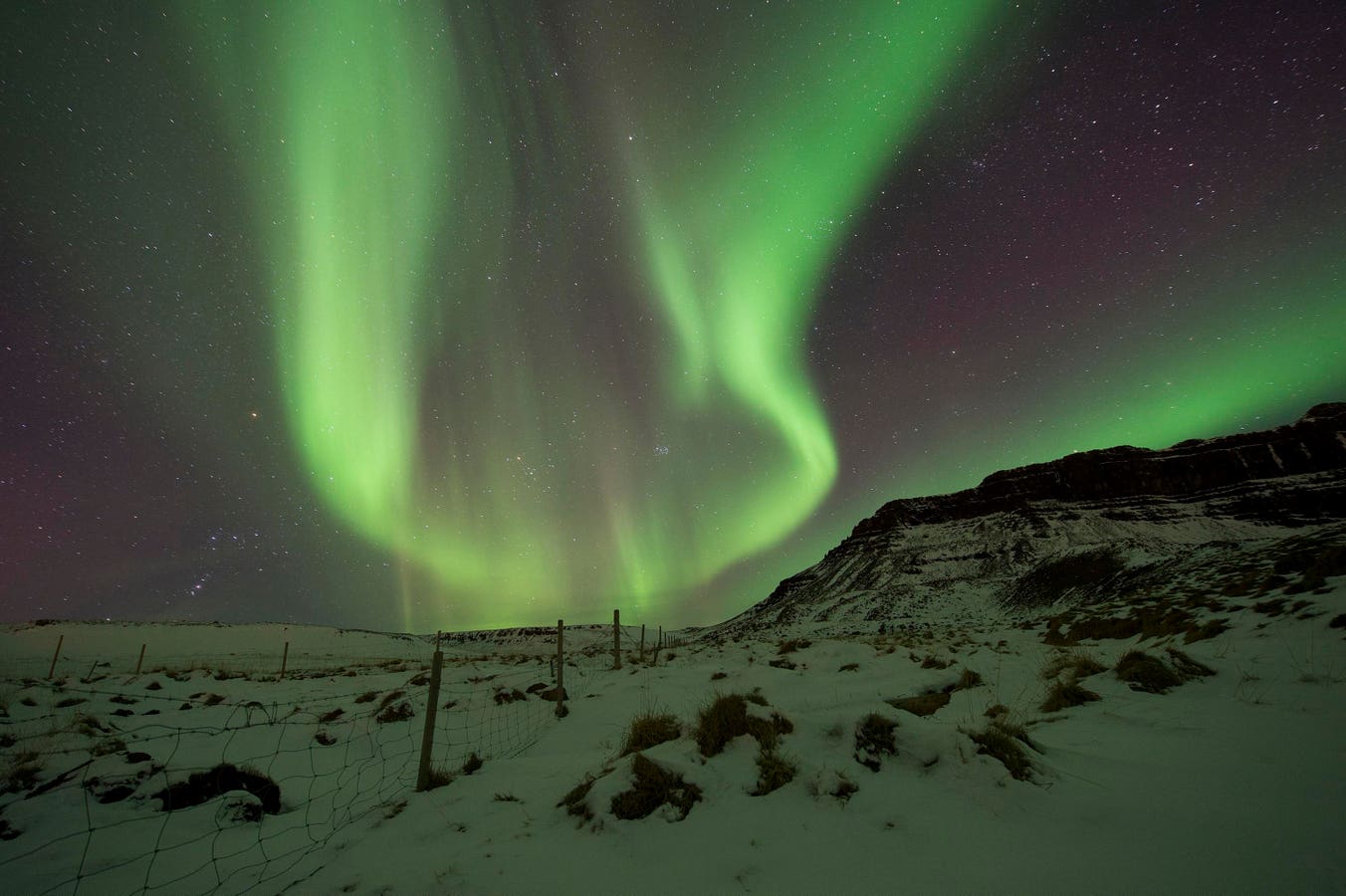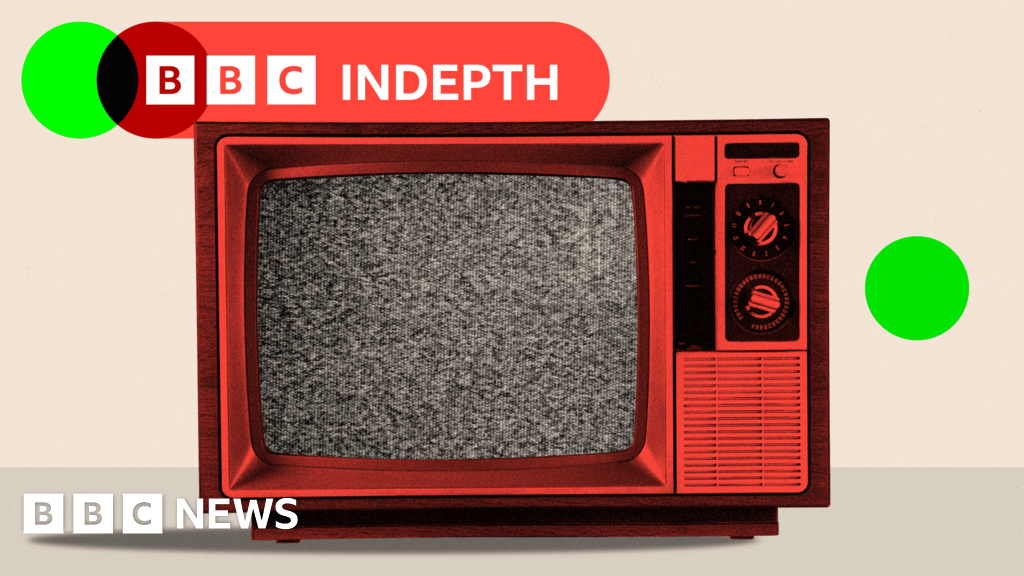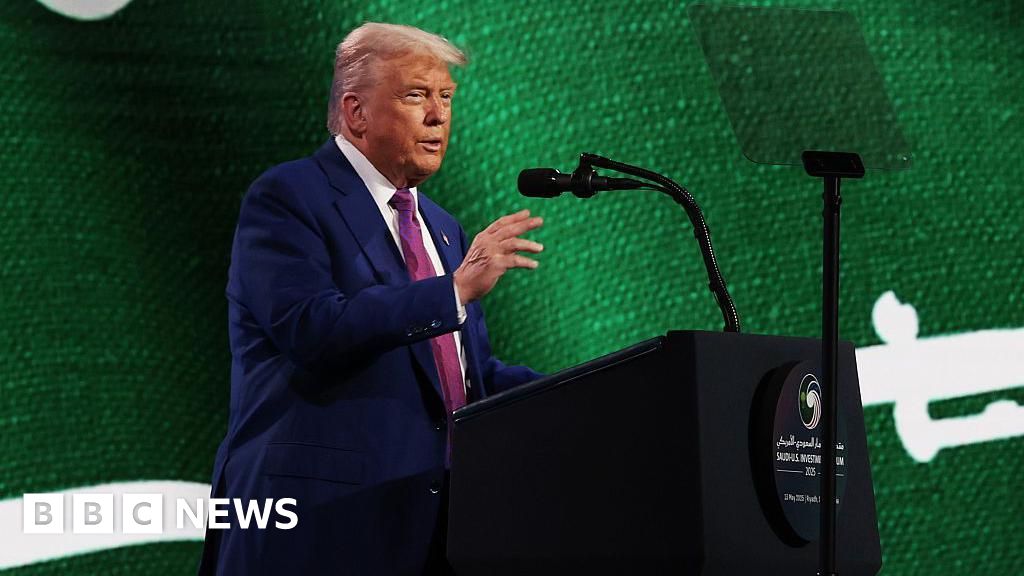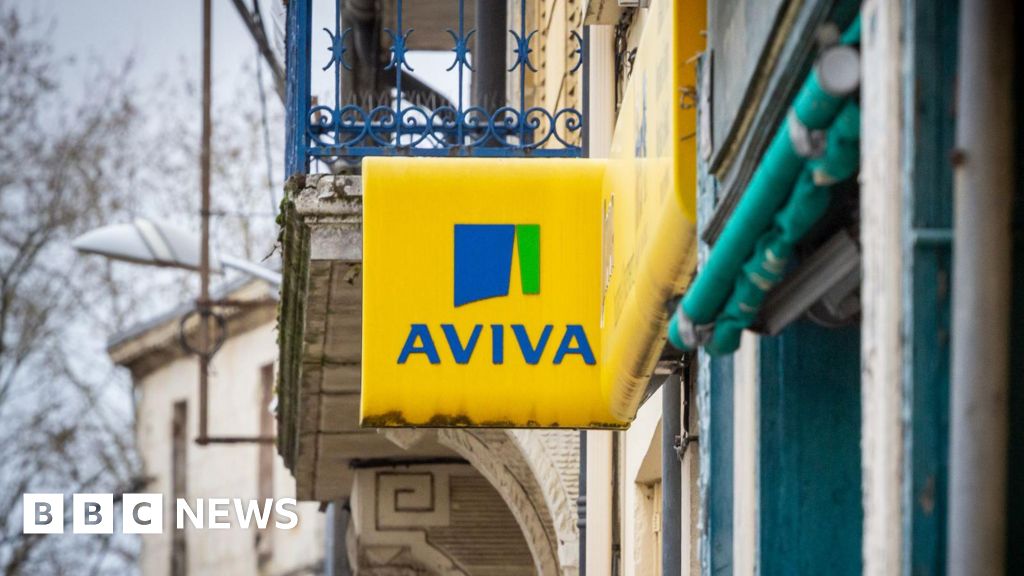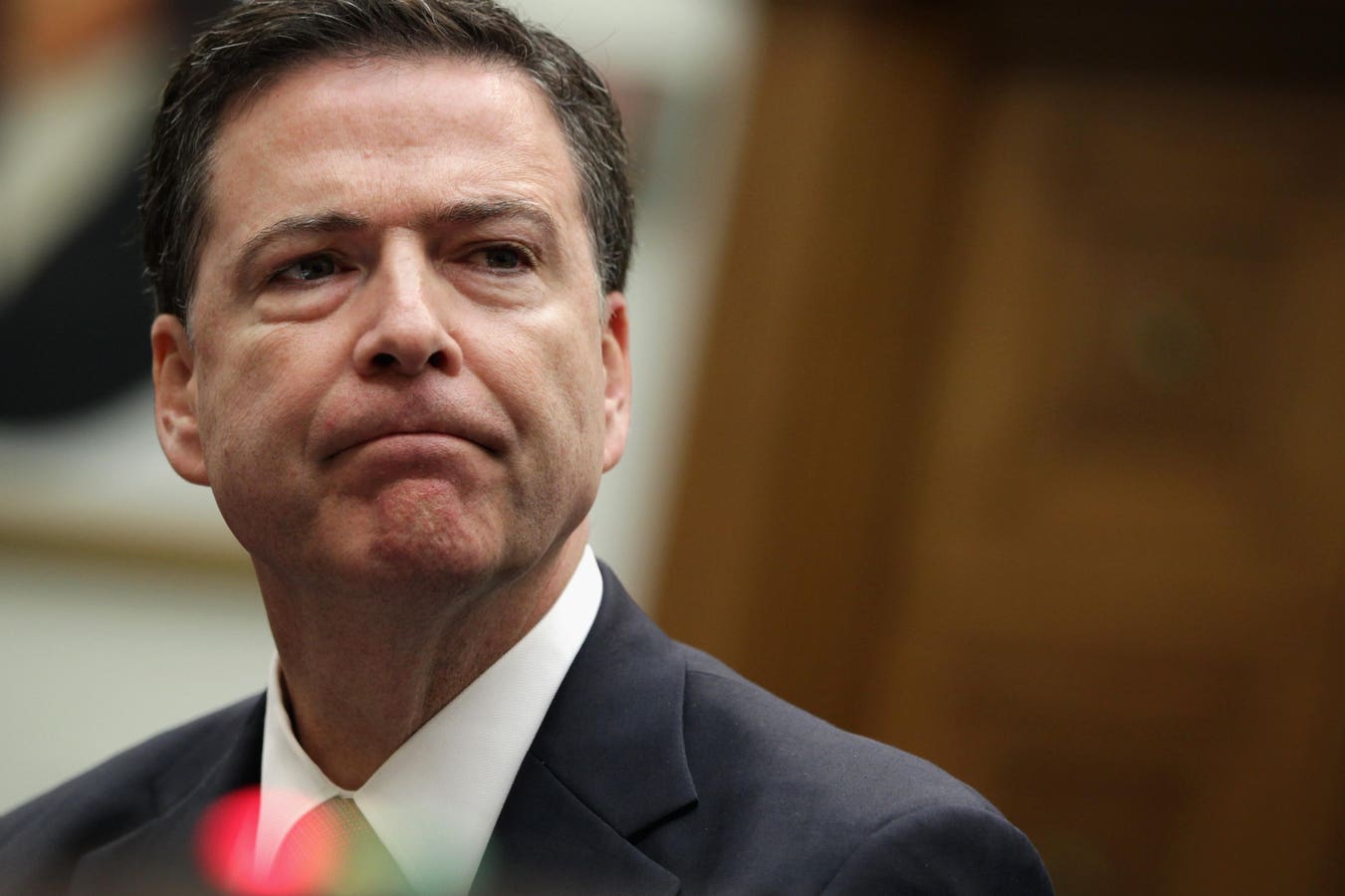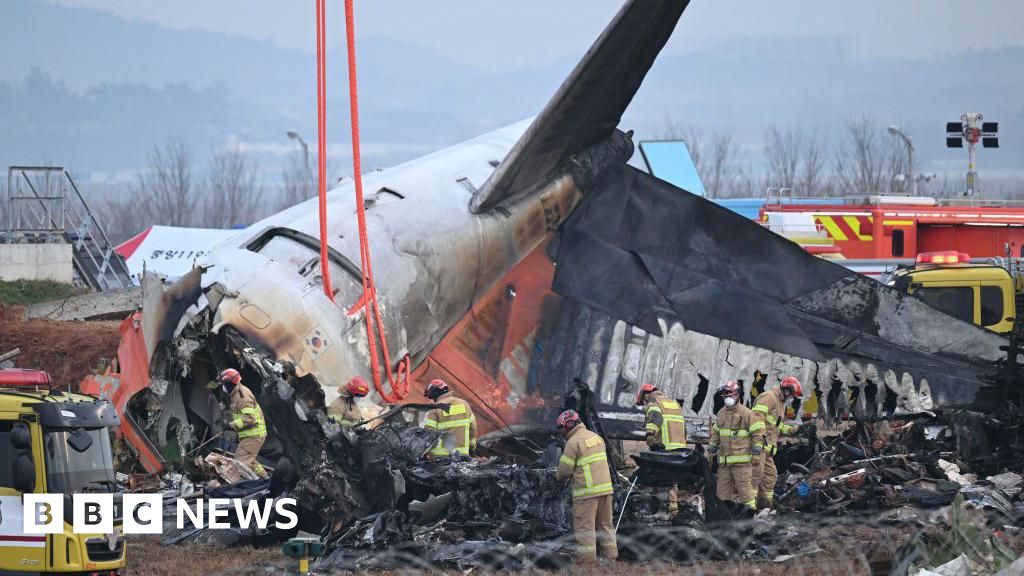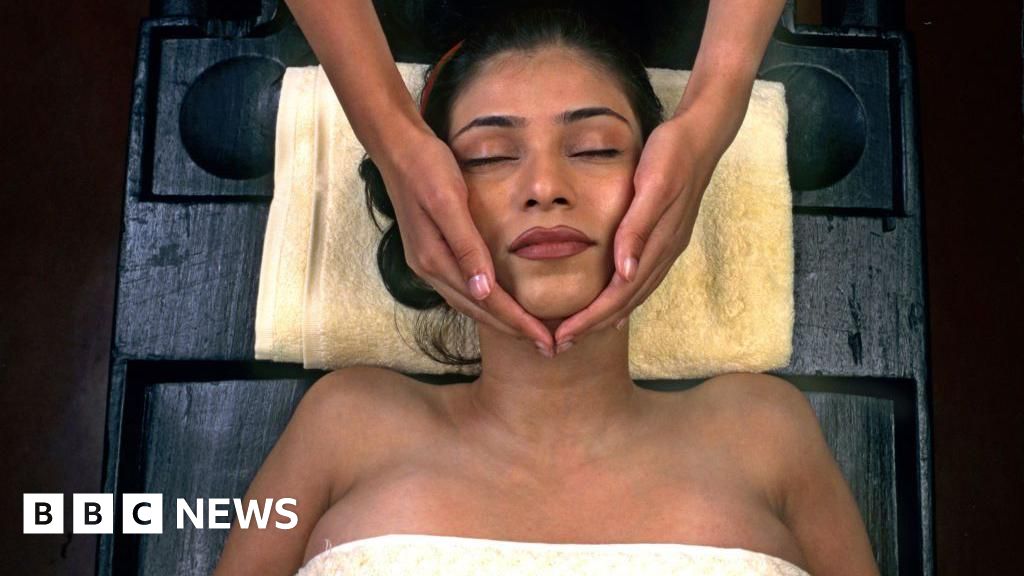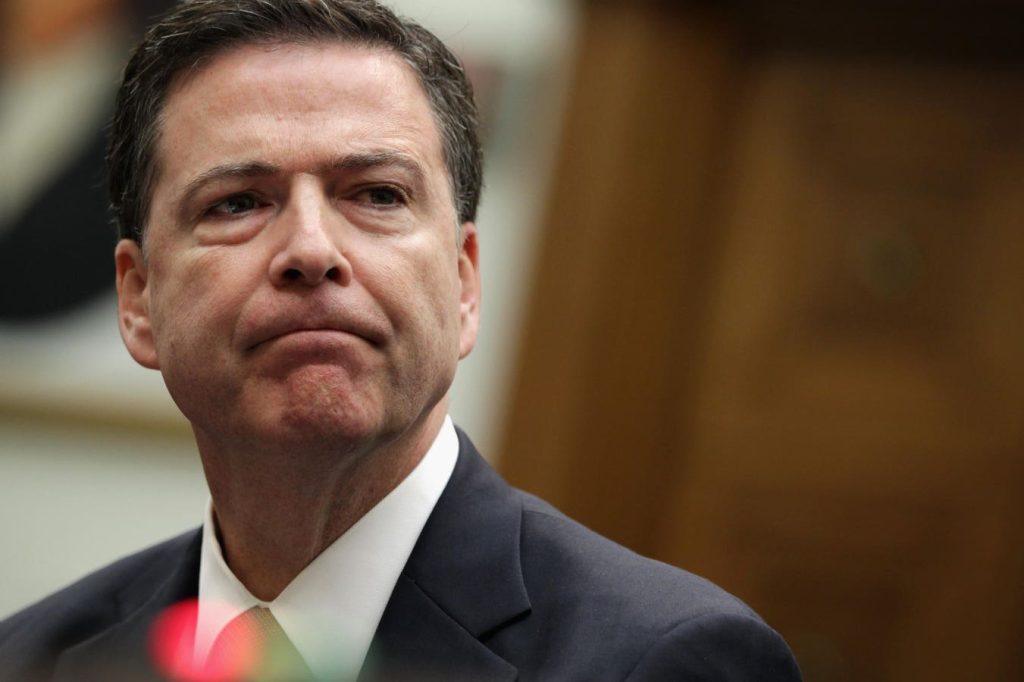Topline
An opportunity to see the northern lights is possible for some U.S. states along the Canadian border on Friday, and some radio blackouts are also likely through the weekend, according to the National Oceanic and Atmospheric Administration.
There is also a chance for some radio blackouts through the weekend, forecasters said.
Key Facts
Auroral activity was forecast with a Kp index of four on a scale of nine for Friday night, suggesting the northern lights could be more visible farther from the poles and be “quite pleasing to look at” for stargazers in the right locations, according to NOAA.
NOAA’s three-day forecast indicates auroral activity will likely be calmer through Sunday, as maximum Kp indexes of two and three are forecast for Saturday and Sunday nights, respectively.
There’s a chance for some minor to moderate radio blackouts through the weekend, NOAA said, meaning there could be some impact to high-frequency radio communications.
Aurora borealis is produced when the energy and particles from solar events like solar flares and coronal mass ejections interact with Earth’s magnetic field, as those particles interact with gases in the atmosphere, creating the colorful displays of the northern lights.
Get Forbes Breaking News Text Alerts: We’re launching text message alerts so you’ll always know the biggest stories shaping the day’s headlines. Text “Alerts” to (201) 335-0739 or sign up here.
Where Will The Northern Lights Be Visible?
Northern Canada and Alaska are in an area where the northern lights will likely be most visible to the naked eye, and parts of Washington, Montana, North Dakota and Minnesota have a lower likelihood of catching the phenomenon. Other areas in Idaho, South Dakota, Wisconsin, Michigan and Maine have an even lower chance. (See map below.)
Friday night’s view line.
What’s The Best Way To See The Northern Lights?
Traveling to a north-facing, high vantage point away from light pollution is the best bet to see the northern lights, according to NOAA, which notes the aurora borealis is best seen between 10 p.m. and 2 a.m. local time.
What’s The Best Way To Photograph The Northern Lights?
Photography experts told National Geographic a regular camera with a wide-angle lens, an aperture or F-stop of four or less and a focus set to the furthest possible setting is the best option to capture the northern lights. If using a smartphone, NOAA suggests turning on night mode, lowering the shutter speed and disabling flash.
Key Background
A “solar maximum” was achieved by the sun in October, NASA said, a period in the sun’s 11-year cycle that produces more geomagnetic storms and solar flares. A higher frequency for these events, in addition to solar flares, makes the northern lights increasingly more visible to more people. This peak will likely persist into early 2026, according to NASA’s projections, though it’s unclear how strong auroral activity will be in the coming months. Last year, the strongest geomagnetic storm in two decades pulled the northern lights as far south as Florida and Texas.
Further Reading
Northern Lights Forecast: 10 States Could See Aurora Borealis Tonight (Forbes)

